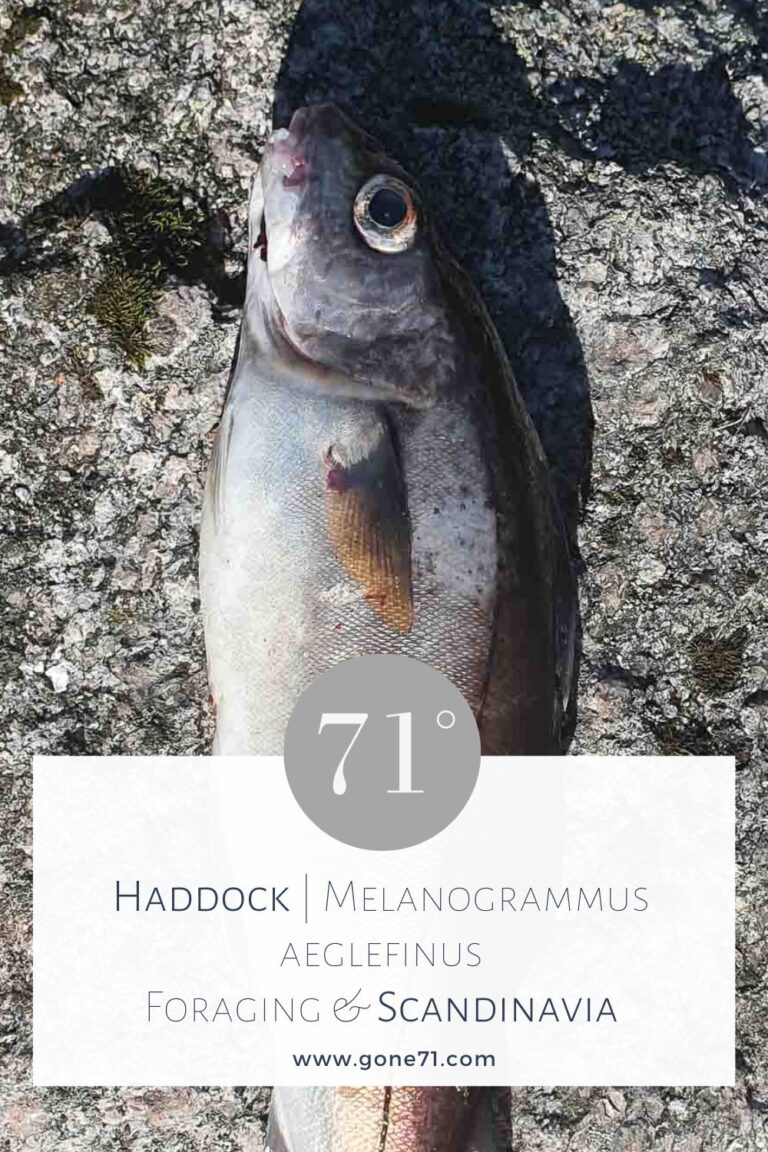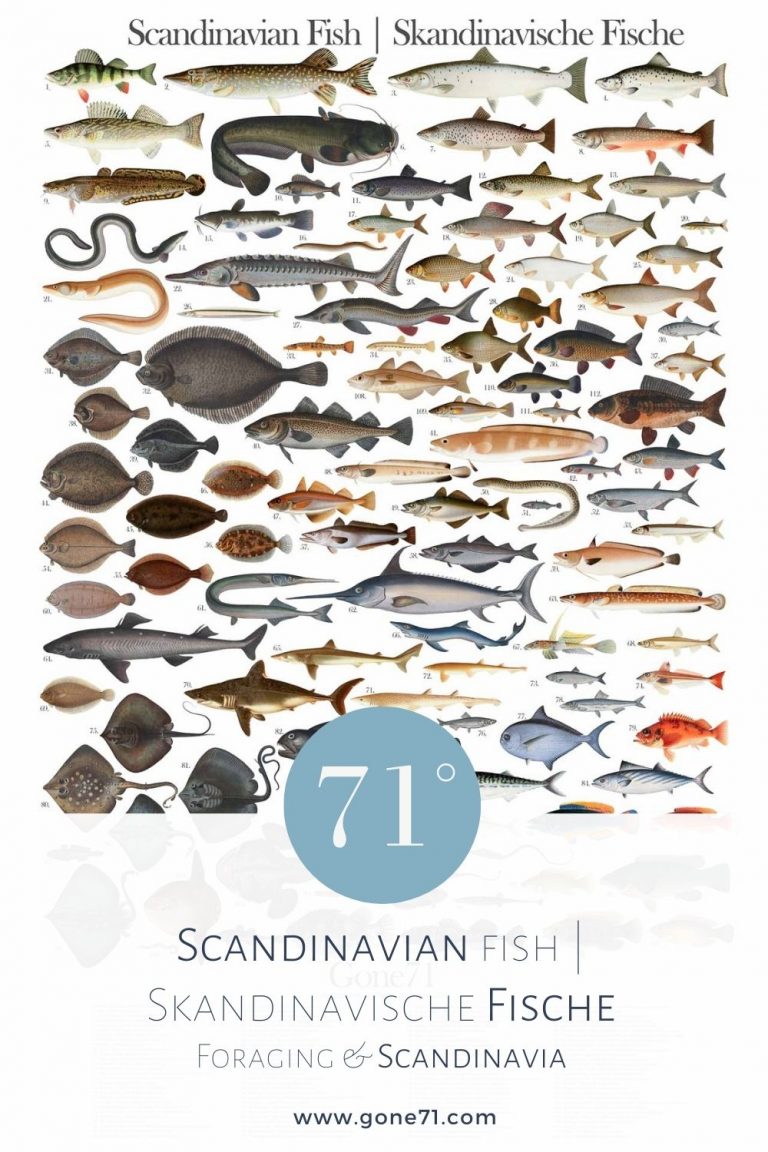Nor.: Hyse, swe.: Kolja, fin.: Kolja, Hyyssä, dt.: Schellfisch
Haddock is another member of the cod family. It is a very common fish, but not so easy to catch from the shore. It is usually found further away from the shore and lives in waters between 10m and 200m depth. It is found in large parts of the North Atlantic. The fish often appear in schools and can weigh up to 14kg, but they are usually smaller.
Haddock – a versatile fish
With their very firm white flesh, they are even better for us than their larger relatives, the cod. It is excellent for stews, fried filets or simply steamed. In principle, you can prepare all dishes with it that are also common with other fish from the cod family as cod, coal fish or also pollock, ling and cusk.
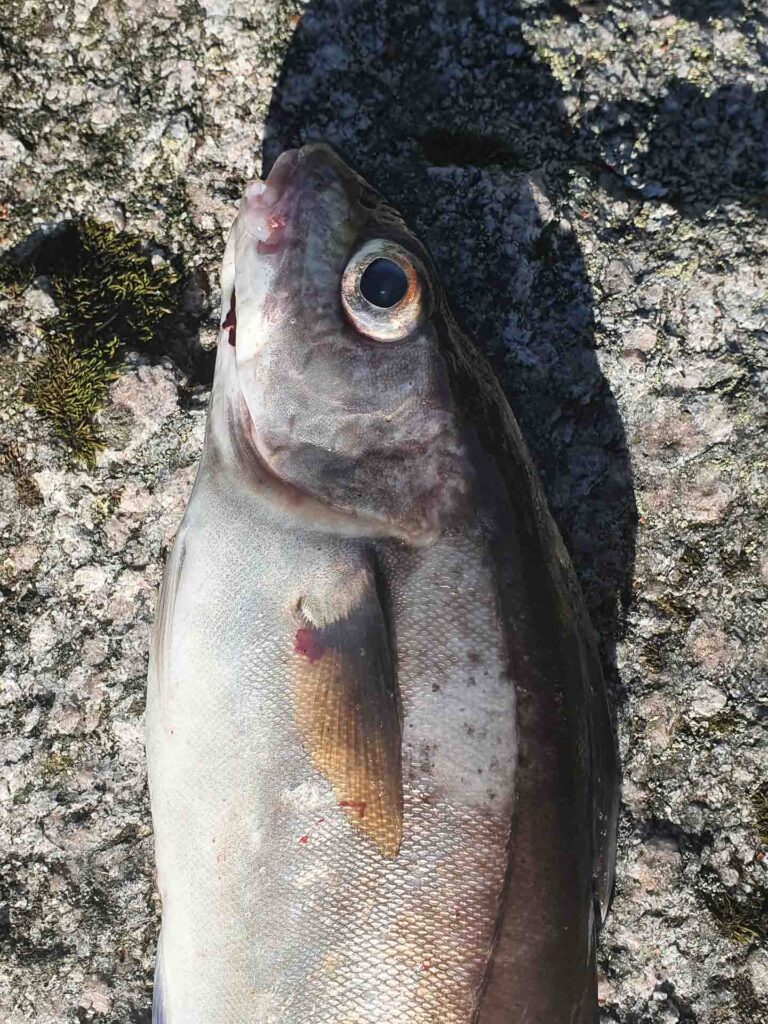
How to distinguish haddock from other members of the cod family?
Its clear distinguishing feature is the black spot above the fin and its dark lateral line.
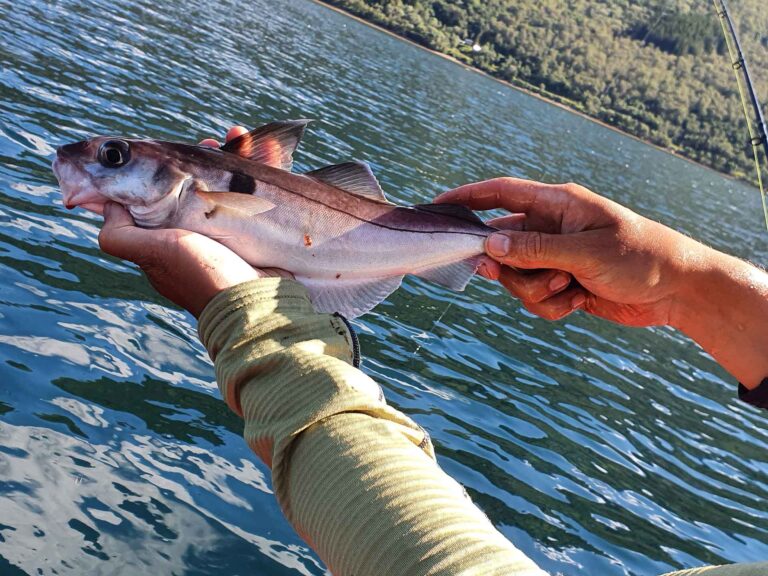
How do haddock live?
Haddocks are very sensitive to temperature and therefore migrate constantly between cooler and warmer waters. However, the fish always stay in temperatures between 4°C and 10°C. Unlike most cod fish, haddock feed mainly on on the spawn of herring and capelin, but also on worms, brittle stars, mussels, crabs and fish fry.
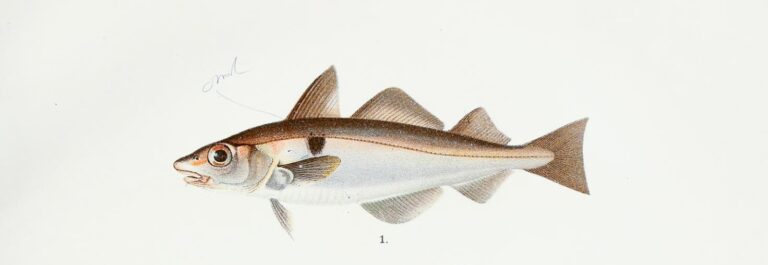
Haddock – a healthy fish, available also at the market.
Haddock is a very low-fat fish and rich in potassium, iron, phosphorus and iodine. At the fish counter, the fish is very often offered in filleted pieces, as large specimens from commercial fishing are usually available here. Along the Norwegian coast, however, it is also very easy to land portioned fish yourself, which can also be prepared whole.
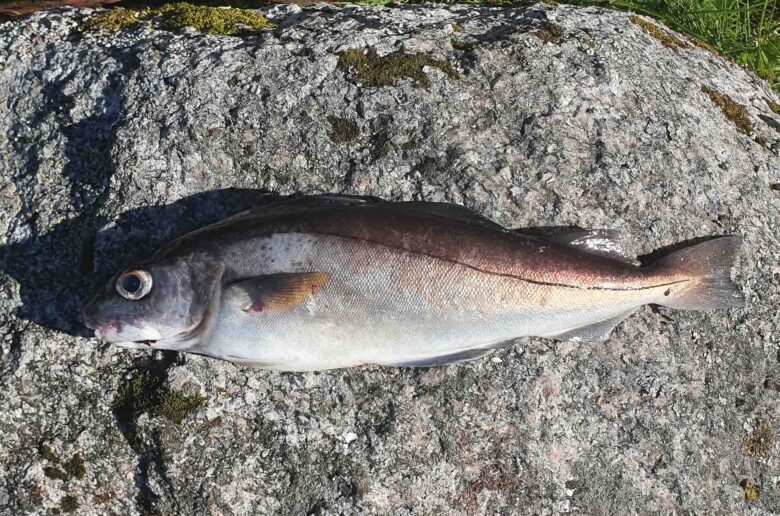
Haddock in the kitchen
A classic recipe is haddock in mustard sauce, but it is also excellent in other sauces or curry. Meidterrand fish stews are also a hot tip.
If you prefer it sinfully, you can also bread the haddock or bake it in beer batter. Of course, this always tastes excellent, but in our opinion it is not absolutely necessary for this fish.
Find more inspiration on Scandinavian fish here
↓↓↓
